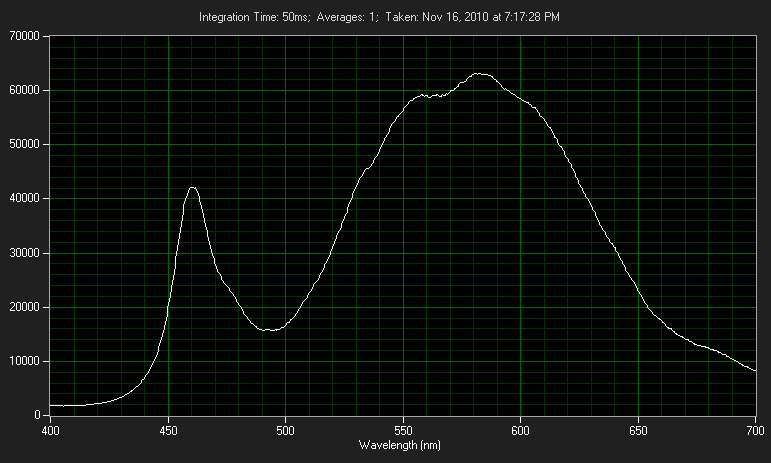I use everything but the HIDs.
CFL for long term lights in various color temps as needed.
A few incandescents for those places where they get cycled on/off lots.
A few LED for reading and low power long term on (night lights and emergency back-ups)
and I prefer to use a few tea-light/candles downstairs to help with moisture control, provide gentle ambient light, and in season they attract the mosquitoes and fry them at the same time so they work as bug lights too.
With all the low ceilings an HID would be dangerous and just too damn bright !
BTW. (from a former lighting professional's point of reference) :
"I use incandescent for all my lights, though they recently got banned in BC, so when I run out it's over to compact florescent lights. " is incorrect.
The older versions of 100 watt and 60 watt incandescents were regulated. That is to say that stores (and suppliers) were not allowed to produce or order any more of them after January 1st 2011. All product already ordered or stocked is perfectly legal to continue to sell. (And a lot of suppliers placed HUGE orders just before the deadline and still had some stock as of February this year.)
These bulbs are being replaced by more efficient ones - still incandescent - so that they provide the same light output or more for the same wattage or less. Think of it as changing to a new bulb that uses only 75-80 watts of power to make the same light as an old 100 watt bulb. Probably going to be more like the European versions with small halogen based bulb cores in a traditional glass bulb enclosure. More efficient overall. But heat build up can be a problem.
The LED issues are rapidly being worked out but there is still problems with consistency in color. Even if you get a bunch of units of the same color from the same batch they don't always stay the same color over time. As they are typically UV based emitters reacting with phosphor coated elements to make the light and as the combinations of phosphors will tend to be ever so slightly different for each piece the colors tend to drift slightly apart over time.
Not a big deal for most applications but in a few cases it can mean a world of difference.
CFLs don't like "dirty" power or many on/off cycles. They suffer seriously shortened life spans as a result. If you use a CFL in a circuit that gets lots of voltage spikes (from anything that has an electric motor like a fridge, hair drier, power tools, etc.) you might notice that they don't last the 5 years that are expected. The control circuits and electronics actually get fried by the repeated over voltage blasts.
CFLs also don't tolerate a lot of heat build up for the same reasons. Put them in recessed lighting or hot locations and they will burn out quickly unless you purchase the ones that are clearly marked and sold for those locations. (Yes they cost a little more.)





